Diesel Diagnostic Link 8.17: Essential Tool for Truck Diagnostics
Diesel Diagnostic Link 8.17 is a critical software tool for diagnosing Detroit Diesel and Freightliner vehicles. It offers extensive features that assist automotive professionals in optimizing performance and resolving issues efficiently. This diagnostic program enables access to real-time engine data and diagnostic fault codes. Its ease of installation, including support via TeamViewer, makes it a valuable asset for fleet management and maintenance operations.
Overview of Diesel Diagnostic Link 8.17
The Diesel Diagnostic Link 8.17 is a significant advancement in the realm of vehicle diagnostics, particularly for diesel engines. This tool has a notable historical context in automotive diagnostics, reflecting the evolution of technology in vehicle maintenance.
Historical Context in Automotive Diagnostics
The journey of automotive diagnostics began with basic mechanical troubleshooting. Over the decades, the introduction of electronic control systems brought forth the need for more sophisticated diagnostic tools. With the rise of computerized systems in vehicles, diagnostic software like Diesel Diagnostic Link 8 17 emerged to address complex issues efficiently, streamlining the repair process while enhancing accuracy.
Importance for Detroit and Freightliner Vehicles
This software is particularly vital for vehicles manufactured by Detroit Diesel and Freightliner. As these manufacturers are known for their heavy-duty trucks, the demands placed on their engines require specialized tools for effective diagnostics. The software supports maintenance professionals by offering comprehensive fault analysis and the ability to access critical engine performance data. Key reasons for its importance include:
- Enhanced real-time monitoring of engine parameters
- Compatibility with a range of Detroit and Freightliner models
- Facilitation of quick troubleshooting and maintenance tasks
Utilizing DDDL 8 17 can lead to more informed decision-making during repairs, ultimately ensuring vehicles operate at peak performance.
Key Features of DDDL 8.17 SP1
The DDDL 8.17 SP1 offers a comprehensive set of features that enhances vehicle diagnostics and maintenance. With its advanced capabilities, it supports technicians in effectively diagnosing and optimizing Detroit Diesel and Freightliner vehicles.
Access to ECU Information
This feature enables users to retrieve vital information from the Engine Control Unit (ECU), ensuring thorough diagnostics.
Real-Time Data Analysis
Technicians can access real-time engine performance data, allowing for immediate assessments and timely interventions when issues arise.
Editing ECU Parameters
The ability to edit ECU parameters provides flexibility in modifying settings for optimal vehicle performance, facilitating tailored adjustments as needed.
Diagnostic Fault Codes
Fault code diagnostics are critical for identifying malfunctions and ensuring effective repairs.
Reading and Resolving Fault Codes
This functionality allows for quick identification and troubleshooting of error codes, significantly reducing diagnostic time.
Instrumentation Information
Instrumentation data helps in understanding vehicle systems, assisting technicians in making informed decisions during repairs.
Service Routines and Reprogramming
Service routines enhance vehicle maintenance and reprogramming capabilities, essential for fleet management.
Performing System Tests
Technicians can perform various system tests to evaluate vehicle health and functionality, ensuring that all systems operate correctly.
Running Service Routines
The software supports executing specific service routines that can optimize operations and enhance reliability.
System Requirements and Compatibility
Ensuring that the proper system requirements are met is essential for optimal performance. Compatibility with operating systems and hardware configurations enhances the usability of the software.
Compatible Operating Systems
The Diesel Diagnostic Link 8.17 SP1 is designed to function on several versions of Windows operating systems. The compatible operating systems include:
- Windows 10 (32 and 64-bit)
- Windows 11 (32 and 64-bit)
- Windows 8
- Windows 8.1
Hardware Requirements
To run the software effectively, specific hardware requirements must be satisfied:
Processor and RAM Needs
- Dual-core processor of 2.0 GHz or faster
- At least 2 GB of RAM
Hard Drive and Graphics Card Specifications
- Minimum of 40 GB of hard drive space with at least 20 GB free
- Monitor and graphics card that support a resolution of 1024 x 768 and 16-bit color
Supported Diagnostic Equipment
Integration with various diagnostic tools is necessary for seamless operation:
Nexiq USB and RP-1210C Adapters
The software supports:
- Nexiq USB interfaces for communication
- RP-1210C compatible communication adapters
Connection and TCP Port Specifications
Special connections and TCP port configurations may be needed to utilize the diagnostic functions properly.
Installation and Activation Process
This section outlines the necessary steps for installing and activating the software efficiently on Windows systems.
Steps for Installation on Windows
Downloading and Initial Setup
To begin the installation process, the user will need to download the installer from the website after completing the purchase. The following steps should be followed:
- Locate the downloaded file, which is typically a zip file.
- Save the file to a convenient location, such as the desktop.
- Right-click on the zip file and select ‘Extract All’ to access the contents.
- Open the extracted folder and find the setup file named ‘Setup.exe’.
Activation Code Registration
After the installation is completed, users must register the software with the provided activation code. This process typically involves the following steps:
- Launch the installed program from the desktop or start menu.
- Enter the activation code when prompted.
- Follow any additional on-screen instructions to finalize the activation.
Installation Support via TeamViewer
For users needing assistance with the installation, support is available via TeamViewer. This service allows technicians to remotely assist in the installation process, ensuring the software is set up correctly:
- Users should download TeamViewer and provide the technician with the generated connection details.
- The technician will guide the user and ensure that the installation and activation are successfully completed.
Benefits of Using DDDL 8.17 SP1
DDDL 8.17 SP1 offers numerous advantages, enhancing diagnostic procedures and improving operational efficiency within the automotive service industry.
Cost-Effectiveness and Efficiency
The DDDL 8.17 SP1 tool brings significant savings to automotive technicians and fleet managers. By minimizing diagnostic downtime and reducing labor costs, it enhances the overall profitability of maintenance operations. The initial investment in this software can quickly be recouped in savings.
Advanced Diagnostic Capabilities
This software provides advanced diagnostic capabilities that are crucial for the effective maintenance of heavy-duty vehicles.
Offline Professional Use
One of the standout features of DDDL 8.17 SP1 is its offline functionality. Technicians can perform diagnostics without needing an internet connection, making it ideal for use in remote locations or during fieldwork.
The Standard vs. Professional Edition
The software is offered in different editions, each tailored to meet varying professional needs. The Standard edition is well-suited for basic diagnostics, while the Professional edition unlocks additional features for more complex tasks.
Customer Support and Satisfaction
The commitment to customer support ensures users can maximize the tool’s potential. Technical assistance is readily available, enhancing user experience and satisfaction. Maintaining a strong support framework fosters loyalty and confidence among customers.
User Feedback and Testimonials
Feedback from users of the Diesel Diagnostic Link 8.17 SP1 highlights its significant impact on operations and maintenance efficiency.
Economic Impact on Fleet Management
Many fleet operators have reported substantial savings in both time and resources. Users have shared that by utilizing this diagnostic tool, they have:
- Reduced diagnostic costs compared to dealer services.
- Minimized downtime by quickly identifying and resolving issues.
- Improved overall fleet efficiency, leading to higher profitability.
For instance, one user shared that the software had already paid for itself after preventing a costly engine failure. This kind of feedback emphasizes the tool’s ability to enhance fleet management practices.
User Experience with Installation and Performance
The installation process and subsequent performance are other areas where users have expressed satisfaction. The tool offers:
- Straightforward installation steps, making it accessible for users with varying technical skills.
- Seamless support via TeamViewer, ensuring quick troubleshooting and setup assistance.
Several testimonials highlight swift installation experiences and effective customer support. Users have stated that they completed the installation within minutes, with minimal complications. Others have remarked on how responsive the support team is, allowing them to maximize their responsiveness when maintenance issues arise.

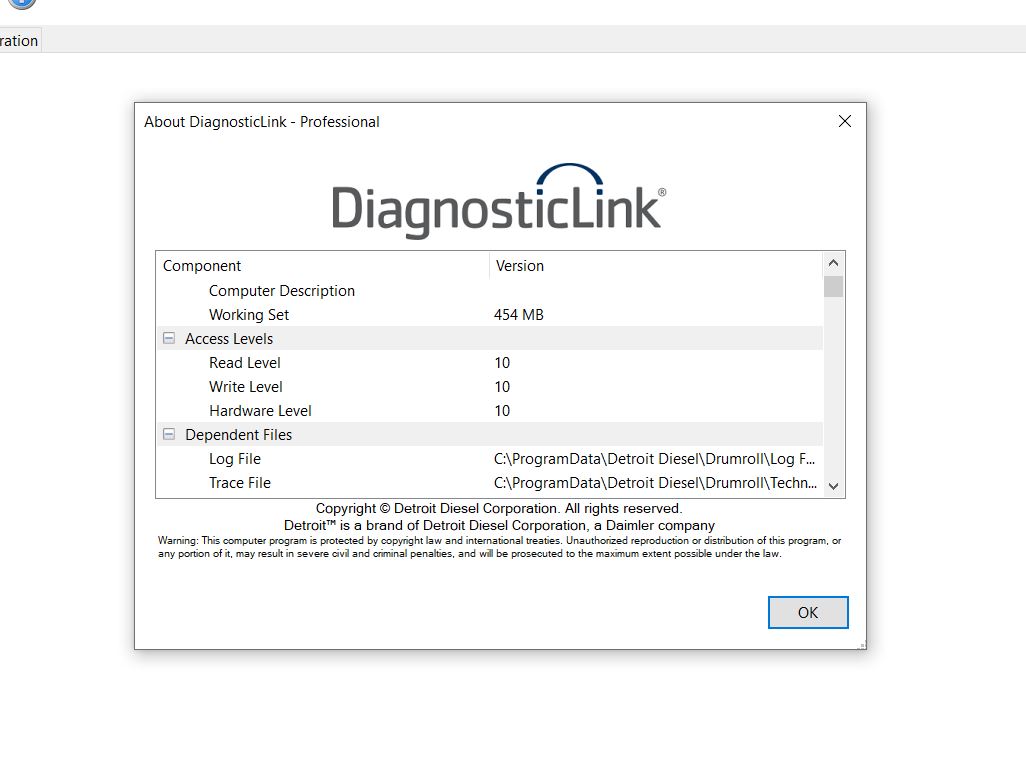
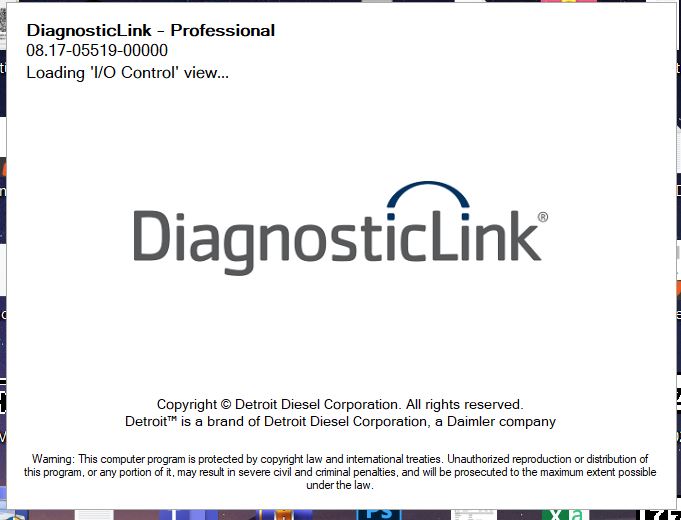
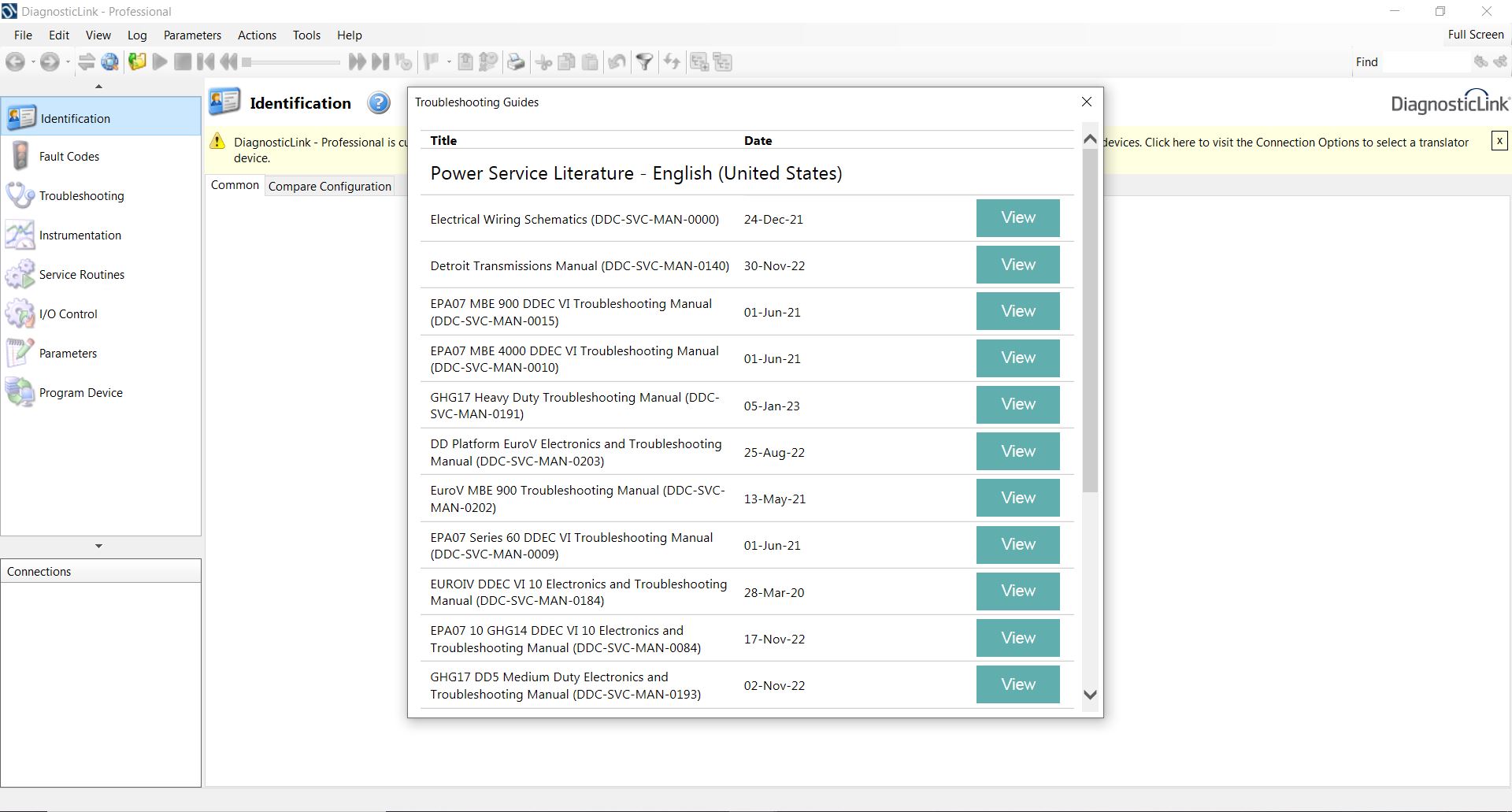


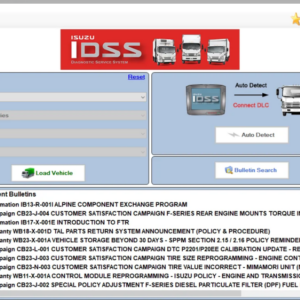
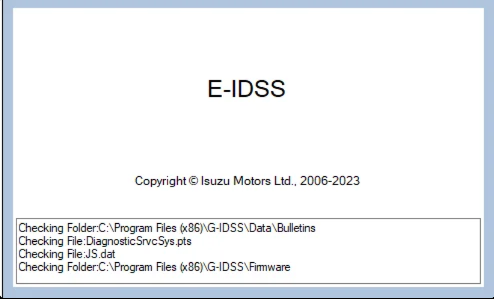
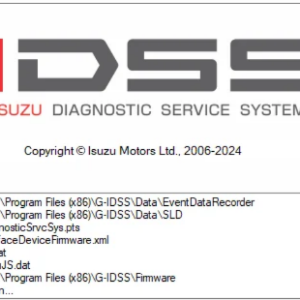
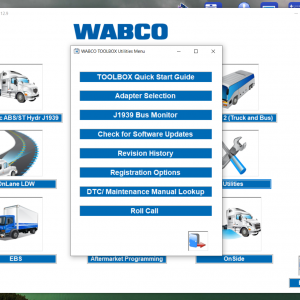
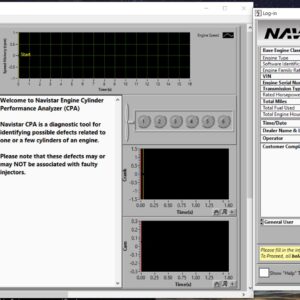
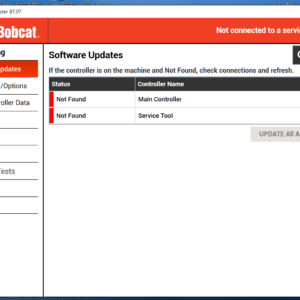
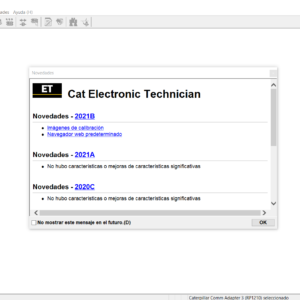
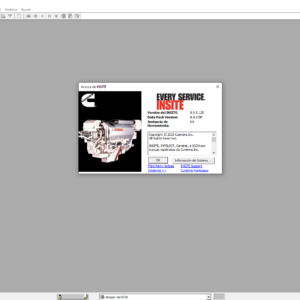
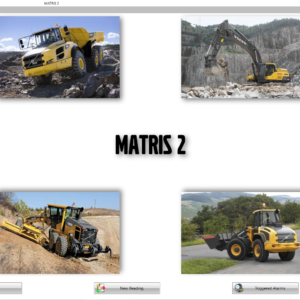
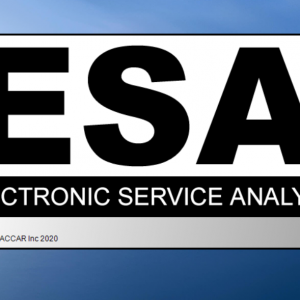

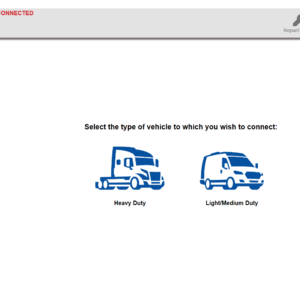
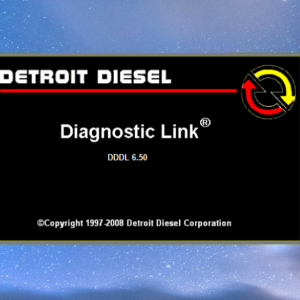
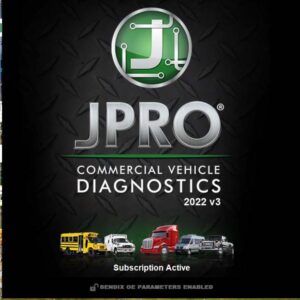
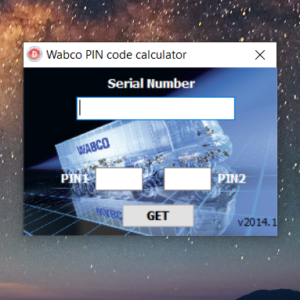
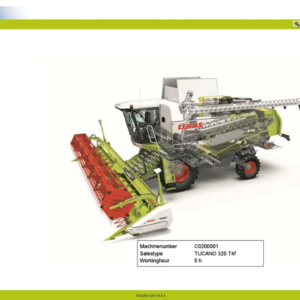
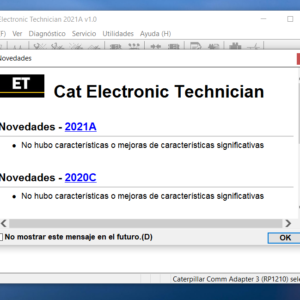
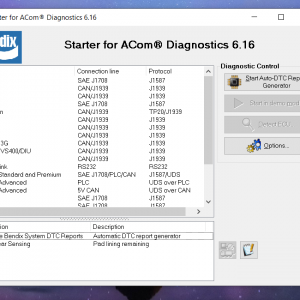
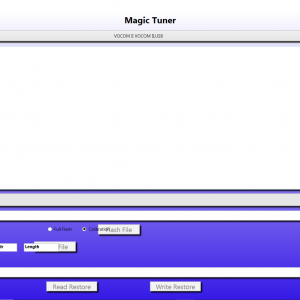
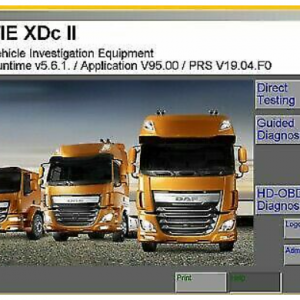
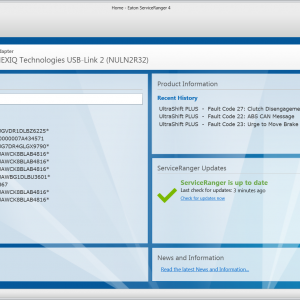
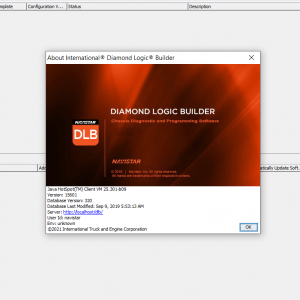
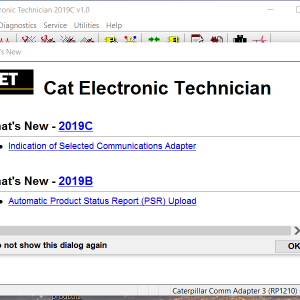
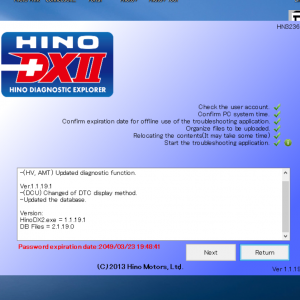
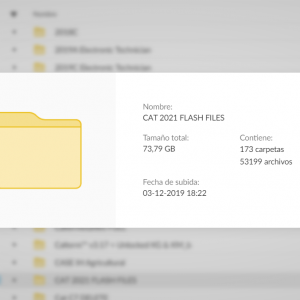
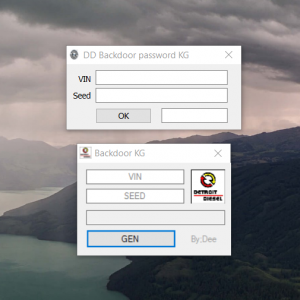
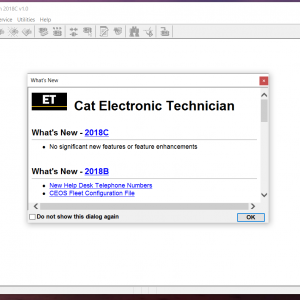


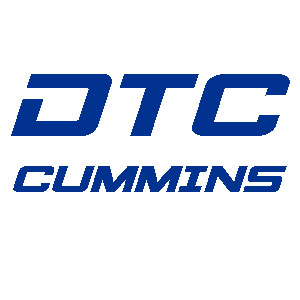

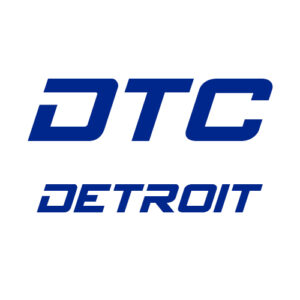

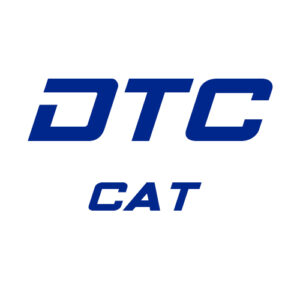

Reviews
There are no reviews yet.